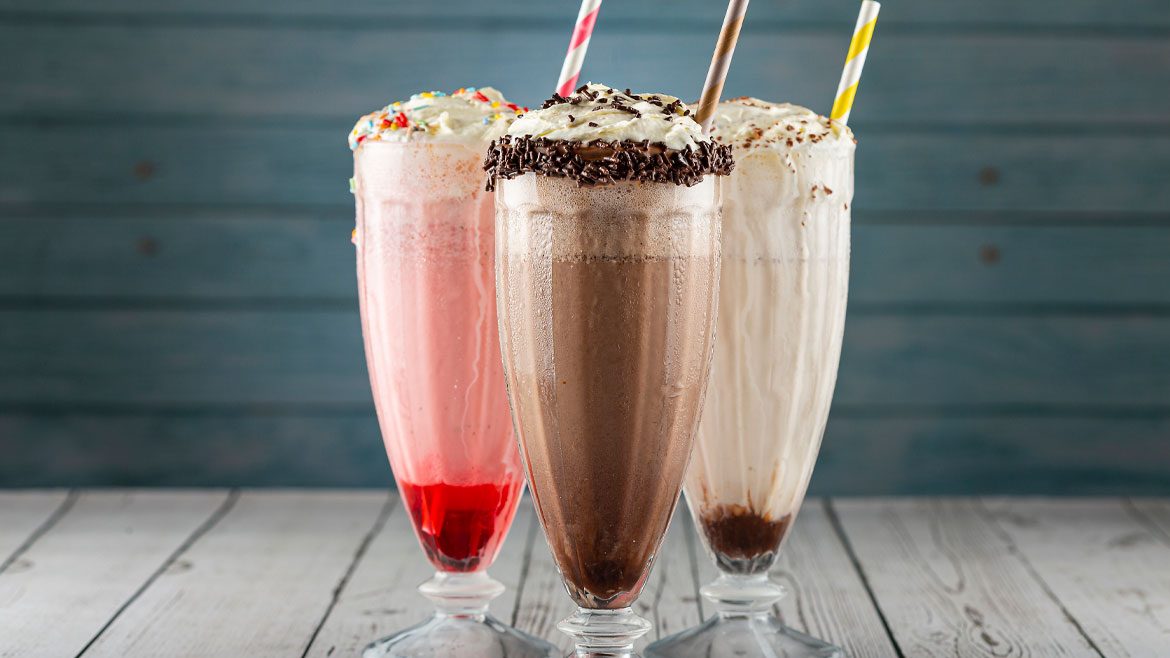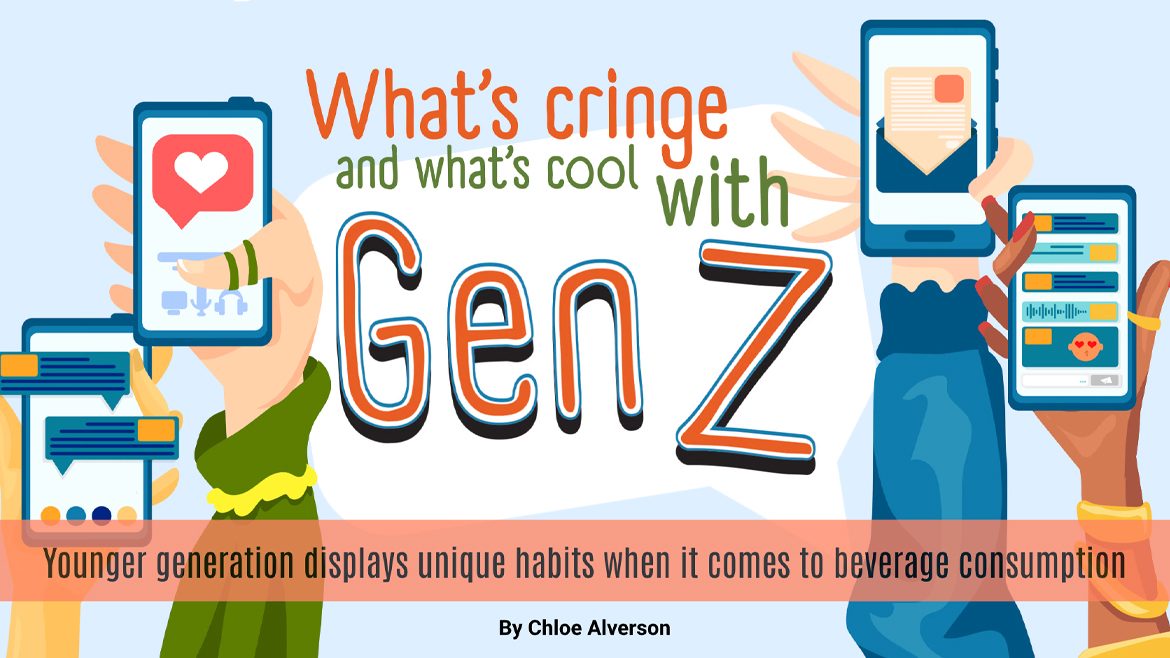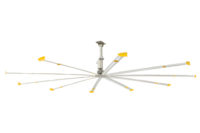Achieving Closure
By JENNIFER KOROLISHIN
Closure innovation helps new beverages stand out in the
crowd
Most people probably twist
off a bottle cap or pop open an aluminum can 10 times a day without giving
it a second thought. But for beverage-makers, choosing the right closure
ensures package integrity and product freshness. And today, innovations in
closure technology are poised to help differentiate beverages in a crowded
marketplace.
In the beverage industry, plastic twist-off caps
ranging in size from 26 to 48 ml. are most commonly used with plastic
bottles in which carbonated soft drinks and bottled water are packaged.
Glass packaging is typically accompanied by a metal closure, such as a
snap-on cap, used for beverages like beer, juice drinks and ready-to-drink
teas. Virtually all beverage closures are tamper-evident; in the case of
plastic twist-off caps, most are equipped with a band that breaks when the
bottle is first opened.
“The preference would be passive tamper
evidence, which means the consumer just turns the cap and the cap exhibits
some form of security, either audible or visual,” says Sam Schiciano,
global category manager, beverage closures for Toledo, Ohio-based
Owens-Illinois Inc., the world’s largest manufacturer of glass
containers and a leading provider of specialty closure systems. “For
example, with the popping of the closure, like it would be in a glass juice
container, you can hear the vacuum pop so there’s some confidence
that it was the original seal.”
Closure considerations
Beyond those basics, there are other important factors
that go into choosing a beverage closure. “It depends on the process
being used, whether it’s cold-fill or hot-fill,” says Roy
Robinson, vice president of strategic marketing for Portola Packaging,
Batavia, Ill.-based manufacturer of plastic closures and containers
for the dairy, beverage and food industries. “Obviously the seal
integrity is the most important. For hot-fill, you need a hermetic seal.
Otherwise, you’re running the risk of product contamination and
spoilage. Mostly it’s driven by the liner technology for the closure
to seal to the bottle.”
Closure liners are a principal method of sealing used
in hot-fill. For cold-fill processes, a plug seal can be used, as can foil
or foam liners; these are most commonly used for milk, juices or other
short shelf-life drinks sold in the refrigerated case. Additionally,
carbonated beverages would require a closure and liner that can retain and
hold pressure.
“Most common beverage closures in the United
States are two-piece, which would mean a shell and a liner. When you open
the cap, you’ll see a blue liner in most soft drink packages, and
that’s the second piece, which is used for package integrity and
sealability,” Schiciano says. “There is a lot of work around
eliminating that liner and going to a liner-less system for CSDs.
That’s much more common in Europe than it is in the United States.
But there’s a small number of liner-less closures being used
domestically for CSDs.”
The move toward liner-less closures is rooted
primarily in cost, as it requires less material and is less expensive.
However, it can pose some production challenges. “A liner will seal
at very low torque and very high torque. A liner-less closure needs to be
put on precisely, at a much tighter range in order to get an effective
seal. The liners make up for some damages in the bottle finish due to
handling, and liner-less closures are not as robust in that area,”
Schiciano says. Going liner-less wouldn’t necessarily require
new equipment, but it may mean tighter tolerances, more maintenance and
perhaps more downtime to ensure cappers are set properly.
Cost also factors into the choice of beverage
closures, particularly as prices have risen for petroleum-based plastic
packaging materials. Some beverage-makers are looking into the possibility
of using reduced-height bottle finishes and closures in an effort to use
less material.
“Lightweighting, reduced finishes and reduced
height are ways to minimize or reduce the amount of plastic used in
packaging because it’s very expensive,” Schiciano says.
“Costs have gone up significantly and it’s difficult to pass
that on to the consumer.”
Closure evolution and innovation
For the most part, basic closure technology has
remained the same over the years, but there have been some recent shifts.
“You’ve seen a switch from metal closures to plastics and
that’s been driven by beverage-makers moving from glass to plastic
bottles,” Robinson says. “You’re starting to see some
barrier technology now. Some of the plastic beer bottles use closures that
have a barrier in them, which means it’s been enhanced with a special
material that will prevent oxygen ingress and/or the product leaking out
through the plastic, resulting in a longer shelf life.”
Additionally, as CSD sales have slowed,
beverage-makers are diversifying into other product lines, shifting the
demand for certain closure types. “A lot of our business has moved
from carbonated to water,” Schiciano says. “A lot of our
beverage customers who used to fill CSD 100 percent of the time are now
doing carbonated 70 percent of the time and purified water 30 percent of
the time.”
Several new closure innovations are hitting the market
in response to the need for market differentiation, particularly in
functional and alternative beverages, nutraceuticals and sports drinks.
“People are looking for packaging to do more, to
help sell their product,” Robinson says. “They’re looking
for some kind of differentiation and things like dosing closures are part
of that trend of trying to create more of an experience for the consumer at
the time of purchase.”
Powercap is the dosing closure Robinson refers to, the
result of a joint venture between Portola Packaging and Liquid Health Labs
Inc., a Deerfield, N.H.-based company specializing in consumer goods
product development. The patent-pending Powercap technology stores
ingredients in liquid, powder or tablet form in a two-part closure. When
the consumer turns the cap on the top of the closure, it cuts a membrane in
the bottom part, releasing the stored ingredients into the beverage. The
consumer shakes the beverage and it’s ready to drink. Several
products using Powercap are slated to debut in early 2006.
“Enhanced beverages or vitamin waters, anything
fortified is really a trend that’s moving at rapid speed,” says
Liquid Health Labs President Derek Hopkins. “Powercap allows you to
create an enhanced or fortified beverage without going through a hot-fill
process. By storing the ingredients in dry form, or just separate from the
liquid, you’re extending the shelf life. You take those active
ingredients that reside in a powder form, and when dispensed into water, it
creates an instant enhanced beverage that’s interactive and fresh for
the consumer.”
Powercap allows beverage companies to use ingredients
they normally wouldn’t due to limited solubility or shelf life; this
expansion of ingredient options is critical as competition heats up in the
functional beverage market.
“A good example would be a green leaf tea
product,” Hopkins says. “You have little granulations of green
leaf tea, and you put them in the Powercap and release them. When you mix
that in with a liquid and shake it up, you can see those granulations
floating in there. On an immediate-consumption basis, because the consumer
perceives that as fresh, they could quite possible drink that and be okay
with it. But if you made that same product as an RTD product, when you
picked it up off the shelf, all the green tea leaves would be down at the
bottom as residue. People are going to see that as old, not fresh, and not
really appealing.”
Under their partnership, Portola provides
Powercap’s two pieces of injection-molded plastic, and Liquid Health
Labs fills it with ingredients and assembles it to bring Powercap to a
finished state. Powercap can be customized to beverage companies’
desired neck thread sizes and ingredient load capacities.
“The biggest key is to get these technologies to
market and commercialize them,” Hopkins says. “We have a solid
partnership that fills all the roles to deliver the finished good.
That’s really what beverage companies are looking for. They’re
not looking to get into the closure business or the filling business or
even in many cases the R&D process. We’ve put together a
value-added offering through this partnership to deliver a finished
good.”
Another new product, while not a closure per se,
depends on closure technology to dispense ingredients. Defense Vitamin
& Mineral Supplement, from the New York beverage development and
marketing company Brain Twist Inc., uses the FreshCan Wedge, a technology
created by Degussa FreshTech Beverages and Ball Corp.
The FreshCan Wedge is similar to Powercap in that it
keeps vitamins and minerals separate from a beverage until it’s ready
for consumption. In FreshCan’s case, powdered vitamins and minerals
are stored in a recyclable plastic wedge that floats inside an aluminum
beverage can. When the consumer pulls the tab, nitrogen escapes from the
can and the wedge’s top pops off, releasing the vitamins and minerals
into the beverage.
“The big issue is vitamin degradation —
are you really getting what’s advertised on the label — because
water, time, light and processing all affect the strength of the vitamins
and minerals,” says Brain Twist President and Chief Executive Officer
Larry Trachtenbroit. “With this new FreshCan technology, it
doesn’t matter if you’re opening the first can or the one
millionth can. You’re getting exactly what’s printed on the
label because at that time, you’re activating the wedge to release
the vitamins and minerals into the beverage.” BI



